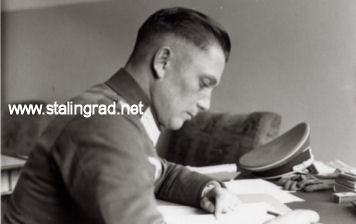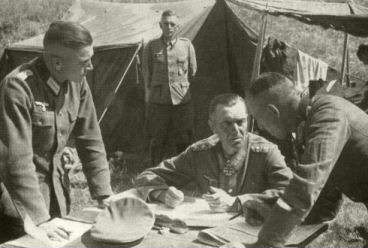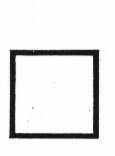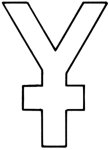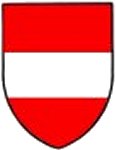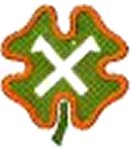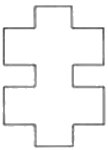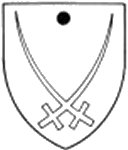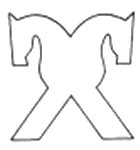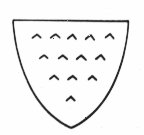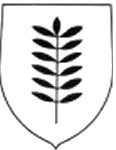|
(Last) Operations Officers (Ia) of the 21 by Stalingrad trapped German divisions. |
||
|
|
|
||||||
|
3. Infanterie Division (mot.) |
Major i.G. Hans-Helmut von Kirchbach auf Lauterbach | ||||||||
|
|
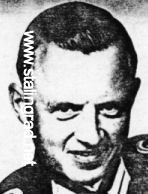 |
|
|||||||
| 9. FlaK Division |
Oberstleutnant i. G. Richard Haizmann - Knights Cross 28 January 1943 |
||||||||
|
|
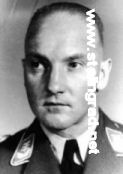 |
|
|||||||
| 14. Panzer Division | Oberst i. G. Bernd Leonid von Pezold | ||||||||
|
|
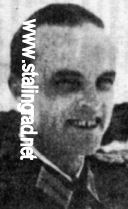 |
|
|||||||
| 16. Panzer Division | Oberstleutnant i. G. Hubert Menzel | ||||||||
|
|
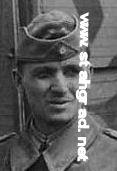 |
|
|||||||
| 24. Panzer Division | Oberstleutnant i. G. Otto-Wilhelm Kurt von Menges - DKiG 13 Oct. 1942 | ||||||||
|
|
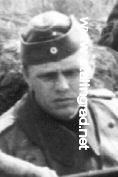 |
|
|||||||
| 29. Infanterie Division (mot.) | Oberstleutnant i. G. Friedrich-Wilhelm Meisner | ||||||||
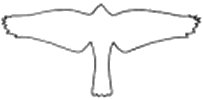 |
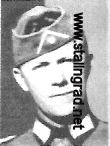 |
|
|||||||
| 44. Infanterie Division | Oberstleutnant i. G. Kurt Werner Radtke - DKiG on 25 January 1943 | ||||||||
|
|
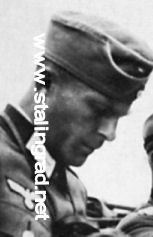 |
|
|||||||
| 60. Infanterie Division (mot.) | Oberst i. G. Ernst Gottfried Stübichen - DKiG on 25 January 1943 | ||||||||
|
|
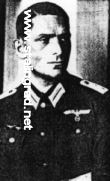 |
|
|||||||
| 71. Infanterie Division | Oberst i. G. Hans Günther von Below - DKiG on 28 January 1943 | ||||||||
|
|
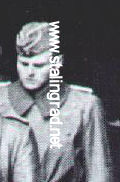 |
|
|||||||
| 76. Infanterie Division |
Oberst i. G. Günther Breithaupt - DKiG on 25 January 1943 |
||||||||
|
|
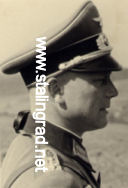 |
|
|||||||
| 79. Infanterie Division | Oberst i. G. Hans Schwanbeck | ||||||||
|
|
|
|
|||||||
| 94. Infanterie Division | Oberstleutnant i.G Martin Boriss - DKiG on 8 January 1943 | ||||||||
|
|
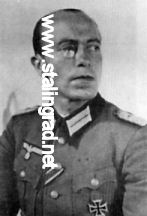 |
|
|||||||
| 100. Jäger Division | Oberst i. G. Wolfgang Henkel - DKiG on 14 April 1942 | ||||||||
|
|
 |
|
|||||||
| 113. Infanterie Division | Oberstleutnant i.G. Theodor Plock - DKiG on 28 January 1943 | ||||||||
|
|
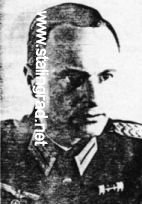 |
|
|||||||
| 295. Infanterie Division | Oberstleutnant i. G. Gerhard Dissel | ||||||||
|
|
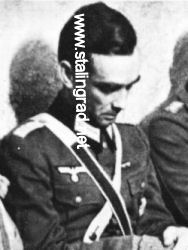 |
|
|||||||
| 297. Infanterie Division | Oberstleutnant i. G. Artur Weber - DKiG on 25 January 1943 | ||||||||
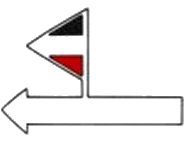 |
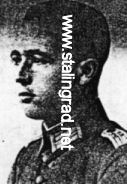 |
|
|||||||
| 305. Infanterie Division | Oberstleutnant i. G. Rudolf Karl Paltzo - DKiG on 30 January 1943 | ||||||||
|
|
 |
|
|||||||
| 371. Infanterie Division | Oberstleutnant i. G. Otto Felix von Amsberg | ||||||||
|
|
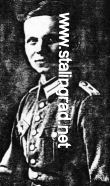 |
|
|||||||
| 376. Infanterie Division | Oberst i.G. Horst Wilutzky - DKiG on 30 April 1943 | ||||||||
|
|
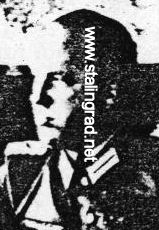 |
|
|||||||
| 384. Infanterie Division | Oberst i.G. Adolf-Friedrich von Drabich-Waechter - DKiG 25 January 1943 | ||||||||
|
|
|
|
|||||||
| 389. Infanterie Division | Oberstleutnant i. G. August Dangelmaier | ||||||||
|
|
|
|
|||||||
|
The fate of the Ia Officers in the Stalingrad pocket
Ia Officers K.I.A or M.I.A. : 4 Ia Officers taken prisoner by the Red Army : 13 Ia Officers flew out of the Stalingrad "pocket" : 4 Ia Officers in Russian captivity Ia Officers died in Russian captivity : 4 Ia Officers survived Russian captivity : 9
|
|
